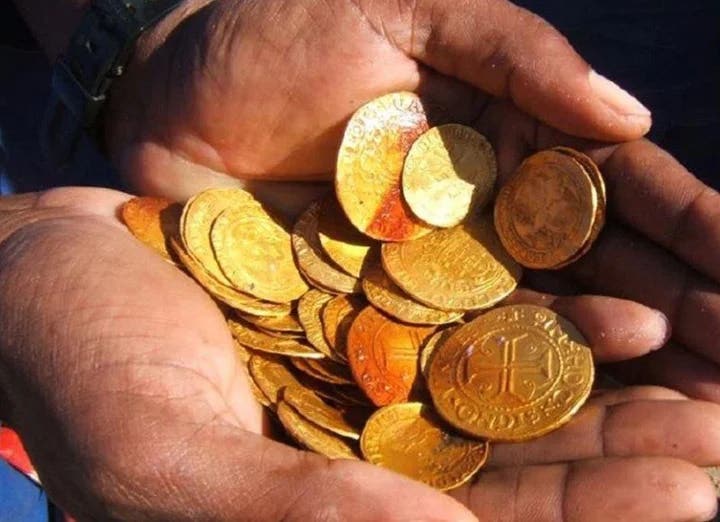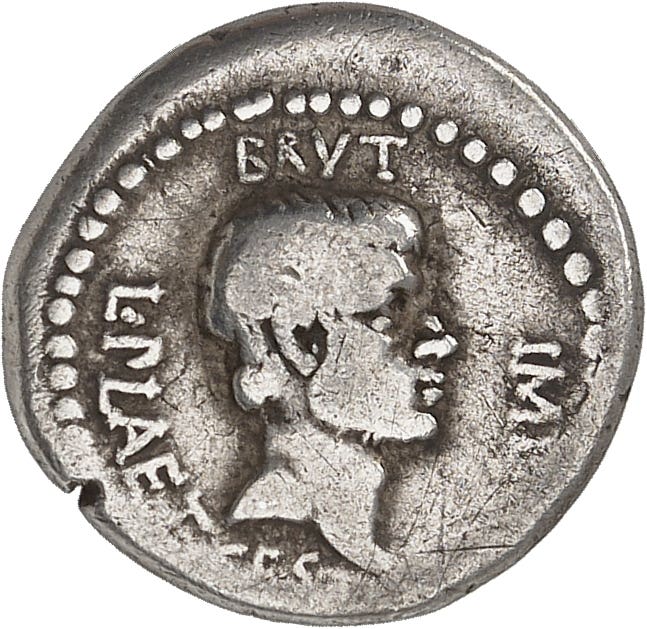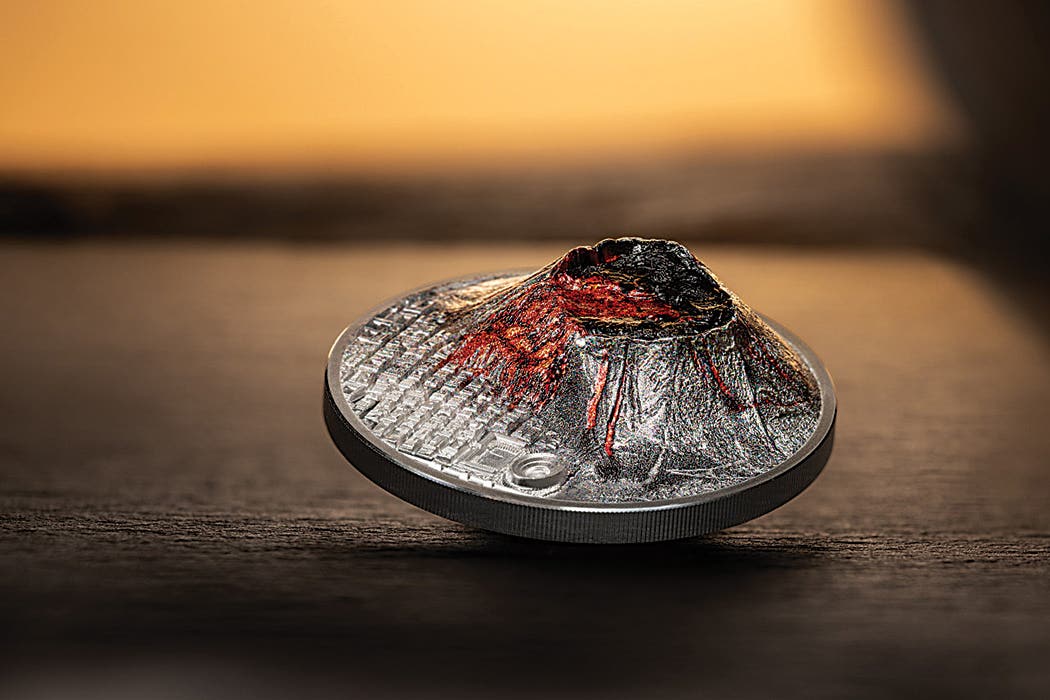Jamaicans Debate Currency Changes
Could reggae musician Bob Marley appear on a Jamaican coin or bank note? While according to the Bank of Jamaica it isn’t possible citizens on social media don’t agree. Jamaica…
Could reggae musician Bob Marley appear on a Jamaican coin or bank note? While according to the Bank of Jamaica it isn’t possible citizens on social media don’t agree.
Jamaica is preparing for a new set of bank notes while considering changes to Jamaica’s circulating coins. The $2,000 bank note denomination is new and is being added as a convenience while continuing to suggest inflationary pressures to use higher denomination notes more often in circulation. Inflation in the island nation was at 5.21 percent in 2020, 5.61 percent during 2021, and so far at 6.25 percent during 2022.
According to the Bank of Jamaica website, in selecting images for the front of bank notes and coins: “The current policy of the Bank of Jamaica is to consider for selection only deceased Jamaican nationals falling into the following two groups in the following order: national heroes, prime ministers/premiers in chronological order of service.”
On March 13 BOJ Deputy Governor for Banking, Currency Operations and Financial Markets Infrastructure Natalie Haynes said, “We expect to start issuing them [bank notes] in the last quarter of this year, more towards the end of November into early December.”
Haynes was more concerned about the cost of printing new notes than who might appear on the vignettes. According to Haynes, “The cost is always dependent on the features of the bank note, as well as the quantity you are ordering. It’s not always fair to compare the cost of current bank notes to new ones. The current $50 and $100 notes are printed by De La Rue, Crane Currency, and Giesecke+Devrient. De La Rue also prints the $5,000, $1,000, and $500 notes. Some of the $500 notes are also printed by Crane Currency.
The $5,000 note is composed of a polymer substrate, while the lower denominations are primarily cotton based. Cotton based notes typically last for four years in circulation, while polymer-based notes last about six years.
Hayes said, “The substrate of the new bank notes last 50 percent longer, so as we go along, the BOJ won’t have to order as many bank notes each year, as it is doing now.”
Regarding coins Hayes said, “That is not on the cards right now, so whoever is on the coins will remain. When the decision is taken to say change it, then we will see what we are going to put on those four coins. But, for now, there is no intention to spend any further money on that because it comes at a cost.” Jamaica will have six rather than five bank note denominations, raising production costs.
Referring to former Jamaican prime ministers Alexander Bustamante, Norman Manley, George William Gordon, and Marcus Garvey, on March 9 Minister of Finance Dr. Nigel Clarke told Parliament, “These heroes of Jamaica must be prominently placed on our bank notes consistent with the original intent.”
Jamaica currently circulates coins in denominations of $1, $5, $10, and $20. Each depicts a politician on the reverse. Jamaica’s heraldry appears on the obverse.








